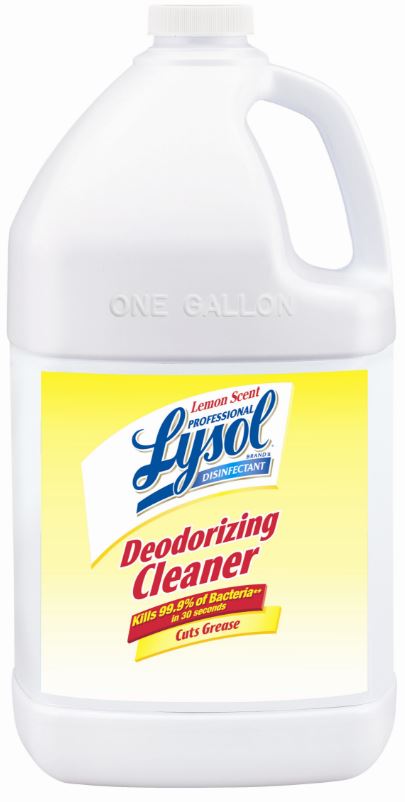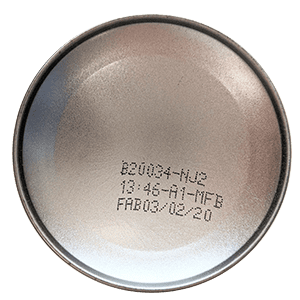KEEP OUT OF REACH OF CHILDREN
PRECAUTIONARY STATEMENT: Hazards to Humans and Domestic Animals
WARNING: Causes substantial but temporary eye injury. Harmful is absorbed through skin. Do not get in eyes or on clothing. Avoid contact with skin. Wear protective eyewear (goggles, face shield, safety glasses). Wash thoroughly with soap and water after handling. Remove and wash contaminated clothing before reuse.


